Home>Garden Essentials>What Is A Vegetable Seed


Garden Essentials
What Is A Vegetable Seed
Modified: March 16, 2024
Learn all about seed vegetables and how to grow them in your garden. Discover the benefits of cultivating your own fresh and nutritious veggies.
(Many of the links in this article redirect to a specific reviewed product. Your purchase of these products through affiliate links helps to generate commission for Storables.com, at no extra cost. Learn more)
Introduction
Welcome to the wonderful world of seed vegetables! Whether you’re a seasoned gardener or just starting out, understanding the concept of seed vegetables is essential. In this article, we’ll explore what exactly seed vegetables are, provide examples of some popular varieties, discuss their benefits, and even delve into their culinary uses.
So, what exactly is a seed vegetable? Simply put, it is a vegetable that is grown from a seed. The seed serves as the starting point for the plant’s growth, eventually sprouting into a full-fledged vegetable that can be harvested and enjoyed.
Seed vegetables are a vital component of any garden. They provide an abundance of fresh produce, allowing you to enjoy the flavors of homegrown vegetables as well as reap the numerous health benefits they offer. Not to mention, growing seed vegetables can be an incredibly rewarding and fulfilling experience.
Now that we have a basic understanding of seed vegetables, let’s explore some examples of popular varieties. From leafy greens to root vegetables, the world of seed vegetables is diverse and extensive. Let’s dig in!
Key Takeaways:
- Seed vegetables are grown from seeds and offer a wide variety of flavors and nutrients. They are easy to grow and can be used in salads, stir-fries, and other delicious dishes.
- Growing seed vegetables is a rewarding and sustainable way to enjoy fresh, nutrient-rich produce. They support overall health, are versatile in the kitchen, and can be grown in various spaces.
Read more: What Is A Seed?
Definition of Seed Vegetable
A seed vegetable, as the name suggests, is a type of vegetable that is cultivated from the seed of a plant. These seeds are typically sown directly into the soil or started indoors and then transplanted into the garden. The seeds develop into plants, and eventually, these plants produce edible parts such as leaves, stems, fruits, or roots.
Seed vegetables come in various forms, ranging from leafy greens like spinach and lettuce to root vegetables like carrots and radishes. Some examples of common seed vegetables include tomatoes, cucumbers, peppers, beans, peas, corn, and squash.
Seed vegetables are known for their versatility and ability to thrive in different climates and growing conditions. They can be grown in backyard gardens, community gardens, raised beds, or even in containers on balconies or patios.
One of the key aspects of seed vegetables is that they can be grown from heirloom, hybrid, or genetically modified (GM) seeds. Heirloom seeds are open-pollinated and have been handed down through generations, maintaining their original characteristics. Hybrid seeds are the result of cross-breeding two different varieties to create a new hybrid with specific traits. GM seeds, on the other hand, have been genetically modified to exhibit certain desired traits, such as resistance to pests or diseases.
Seed vegetables play a crucial role in sustainable food production. By growing vegetables from seeds, individuals contribute to reducing their carbon footprint and promoting self-sufficiency. Additionally, seed saving and sharing practices help preserve genetic diversity and promote the resilience of plants to changing environmental conditions.
In the next section, we will explore some popular examples of seed vegetables and discuss their unique characteristics and benefits.
Examples of Seed Vegetables
Seed vegetables come in a wide variety of types and flavors, offering a range of options for gardeners and food enthusiasts. Let’s explore some popular examples of seed vegetables:
- Tomatoes: Tomatoes are one of the most beloved seed vegetables, known for their versatility and vibrant flavors. They are available in various sizes, shapes, and colors, from cherry tomatoes to beefsteak tomatoes. Tomatoes can be enjoyed fresh in salads, used in sauces and salsas, or even roasted and grilled.
- Cucumbers: Cucumbers are refreshing and hydrating seed vegetables, perfect for hot summer days. They can be enjoyed fresh in salads or pickled for a tangy crunch. Cucumbers are also used to make refreshing beverages like cucumber-infused water or cucumber lemonade.
- Peppers: Peppers come in different varieties, including bell peppers, jalapenos, habaneros, and chili peppers. They add a spicy kick to dishes and can be stuffed, grilled, roasted, or used in salsas and sauces. Peppers are packed with vitamins and antioxidants, making them a nutritious addition to any meal.
- Beans: Beans are a staple seed vegetable, providing a rich source of protein and fiber. Common varieties of beans include green beans, kidney beans, black beans, and pinto beans. They can be enjoyed in salads, soups, stews, or even cooked as a side dish.
- Peas: Peas are sweet and tender seed vegetables that are often enjoyed as a side dish or added to stir-fries and salads. They are rich in vitamins, minerals, and antioxidants, offering numerous health benefits. Peas can be grown as snow peas, snap peas, or garden peas, each with its own unique characteristics.
- Corn: Corn is a versatile seed vegetable that is grown for its tender and sweet kernels. It can be boiled, grilled, or roasted and enjoyed on its own or used in various dishes like salads, soups, and salsas. Corn is also used to make cornmeal, which is used in baking and cooking.
- Squash: Squash encompasses a variety of seed vegetables, including zucchini, butternut squash, acorn squash, and spaghetti squash. Squash can be roasted, grilled, sautéed, or used in soups, stews, and casseroles. They are known for their rich flavor and versatility in the kitchen.
These are just a few examples of the vast array of seed vegetables available. Each vegetable offers its own unique flavor profile and can be incorporated into a wide range of culinary creations.
In the next section, we will discuss the benefits of including seed vegetables in your diet and how they contribute to overall health and well-being.
Benefits of Seed Vegetables
Seed vegetables not only taste delicious but also provide a plethora of health benefits. Including these nutrient-rich vegetables in your diet can have a positive impact on your overall well-being. Let’s explore some of the benefits of consuming seed vegetables:
- Nutritional Powerhouses: Seed vegetables are packed with essential vitamins, minerals, and antioxidants that promote good health. They are low in calories and high in fiber, making them an excellent choice for weight management and digestive health.
- Immune System Support: Many seed vegetables are rich in immune-boosting nutrients, such as vitamin C and beta-carotene. These nutrients help strengthen the immune system, making your body more resilient to illnesses and infections.
- Heart Health: Seed vegetables, especially leafy greens like spinach and kale, are known for their heart-healthy properties. They are rich in antioxidants, potassium, and dietary fiber, which help lower blood pressure, reduce cholesterol levels, and improve overall cardiovascular health.
- Eye Health: Several seed vegetables, including carrots and leafy greens, contain compounds like beta-carotene, lutein, and zeaxanthin, which are beneficial for eye health. These compounds help protect against macular degeneration and maintain good vision.
- Digestive Health: Seed vegetables are an excellent source of dietary fiber, which plays a crucial role in maintaining a healthy digestive system. Fiber helps regulate bowel movements, prevent constipation, and promote a healthy gut microbiota.
- Hydration: Many seed vegetables, such as cucumbers and tomatoes, have high water content, making them hydrating and refreshing. Staying hydrated is essential for overall health, as water is necessary for proper digestion, circulation, and temperature regulation.
- Antioxidant Protection: Seed vegetables are rich in antioxidants, which help neutralize harmful free radicals in the body. These free radicals can cause oxidative damage and contribute to chronic diseases such as cancer, cardiovascular diseases, and inflammation.
- Weight Management: Due to their low calorie and high fiber content, seed vegetables can be beneficial for weight management. They provide a sense of fullness, preventing overeating, and can be a satisfying addition to meals without adding excessive calories.
By incorporating a variety of seed vegetables into your diet, you can reap these amazing benefits and nurture your overall health and well-being.
Next, we will explore popular varieties of seed vegetables that can be grown in your own garden or obtained from local markets.
Popular Varieties of Seed Vegetables
When it comes to seed vegetables, there are countless varieties to choose from. Whether you have a large garden or limited space, there are options for every gardener. Let’s explore some popular varieties of seed vegetables that you can consider for your own garden:
- Leafy Greens: Leafy greens like lettuce, spinach, kale, and Swiss chard are a popular choice for home gardeners. These vegetables are easy to grow and provide a continuous supply of fresh, nutrient-dense leaves that can be harvested throughout the season. They are perfect for salads, smoothies, and sautés.
- Tomatoes: Tomatoes come in a wide variety of shapes, sizes, and flavors. From juicy heirloom tomatoes to sweet cherry tomatoes, there is a type to suit every taste preference. Tomatoes thrive in warm weather and require ample sunlight. They can be grown directly in the ground or in containers on a patio or balcony.
- Cucumbers: Cucumbers are a refreshing addition to any garden. They are fast-growing and produce an abundance of crisp, cool cucumbers. There are different varieties to choose from, including slicing cucumbers for fresh salads and pickling cucumbers for preserving. Cucumbers require well-drained soil and regular watering.
- Peppers: Peppers come in a range of flavors and heat levels. From sweet bell peppers to spicy jalapenos and habaneros, there is a pepper for every taste preference. Peppers thrive in warm weather and require full sun. They can be grown in containers or directly in the ground, depending on the available space.
- Beans: Beans are versatile and easy to grow. There are two main types of beans: bush beans and pole beans. Bush beans are compact and do not require support, making them suitable for small gardens or containers. Pole beans, on the other hand, require trellises or stakes to climb and produce higher yields. Both types provide a reliable source of protein and fiber.
- Peas: Peas are cool-season crops that can be grown in early spring or fall. They are loved for their sweet and tender flavor. Peas grow in climbing varieties that require support or in compact bush varieties. They are a great addition to stir-fries, salads, or simply enjoyed as a healthy snack.
- Corn: Corn is a classic summer vegetable that thrives in warm weather. It requires adequate space and should be grown in blocks rather than single rows for pollination. There are different types of corn, including sweet corn, popcorn, and decorative corn. Corn is best enjoyed fresh, boiled, grilled, or roasted.
- Squash: Squash includes various types, such as zucchini, summer squash, winter squash, and pumpkins. These vining plants require space to spread out and prefer well-drained soil. Squash can be harvested at different stages, from tender baby squash to mature winter squash. They can be used in a myriad of dishes, from soups to roasted vegetables.
These are just a few examples of popular seed vegetables that you can consider growing in your own garden. Remember to consider your growing conditions, available space, and personal preferences when selecting the varieties that best suit your needs.
In the next section, we will discuss how to grow seed vegetables and provide some helpful tips for a successful garden.
A seed vegetable is a type of vegetable that is grown from seeds, such as beans, peas, and corn. When planting seed vegetables, make sure to follow the instructions on the seed packet for proper spacing and depth.
Read more: What Is Germinate
How to Grow Seed Vegetables
Growing your own seed vegetables is an incredibly rewarding experience that allows you to enjoy fresh produce right from your garden. Whether you have a large outdoor space or a small balcony, you can embark on the journey of growing your own food. Here are some steps to help you successfully grow seed vegetables:
- Choose the Right Location: Select a location that receives adequate sunlight for at least 6-8 hours a day. Most seed vegetables thrive in full sun, although some leafy greens can tolerate partial shade. Ensure that the soil is well-drained and rich in organic matter.
- Prepare the Soil: Before planting, prepare the soil by removing any weeds or debris. Loosen the soil with a garden fork or tiller to improve drainage and root penetration. Add compost or well-rotted manure to enrich the soil with nutrients.
- Sow the Seeds: Follow the specific instructions on the seed packet for optimal planting depth and spacing. Generally, small seeds should be sown shallowly, while larger seeds can be planted deeper. Space the seeds according to the recommended distance to allow room for growth.
- Water Regularly: Keep the soil evenly moist throughout the growing season, especially during dry spells. Water the seedlings gently to avoid disturbing the seeds or young plants. Avoid overwatering, as it can promote disease and root rot.
- Provide Support: Some seed vegetables, such as tomatoes, cucumbers, and pole beans, require support to grow vertically. Use stakes, trellises, or cages to provide support as the plants grow. This will help maximize space and promote proper air circulation.
- Monitor for Pests and Diseases: Regularly inspect your plants for signs of pests or diseases. Common pests that affect seed vegetables include aphids, caterpillars, and slugs. Consider using natural pest control methods, such as hand-picking, companion planting, or organic insecticides if necessary.
- Harvest at the Right Time: Each seed vegetable has its own harvesting time. Check the seed packet or do some research to determine the best time to harvest. Generally, vegetables are ready to be harvested when they reach their desired size, color, or firmness. Use pruning shears or a sharp knife to harvest the vegetables without damaging the plant.
- Practice Crop Rotation: To minimize the risk of soil-borne diseases and nutrient depletion, practice crop rotation. This means planting different families of seed vegetables in different areas of your garden each year. This helps break the life cycle of pests and allows the soil to replenish essential nutrients.
Remember, gardening is a continuous learning process. Don’t be afraid to experiment and try new techniques. Keep a journal to track your progress, including planting dates, harvest times, and any challenges you encounter. This will help you make adjustments and improve your future gardening endeavors.
Next, we will explore the nutritional value of seed vegetables and the numerous health benefits they offer.
Nutritional Value of Seed Vegetables
Seed vegetables are not only delicious but also incredibly nutritious. They are packed with essential vitamins, minerals, and antioxidants that contribute to overall health and well-being. Let’s take a closer look at the nutritional value of seed vegetables:
1. Vitamins: Seed vegetables are rich in vitamins, including vitamin A, vitamin C, vitamin K, and various B vitamins. Vitamin A is essential for healthy vision and skin, vitamin C boosts the immune system, vitamin K is important for blood clotting and bone health, while B vitamins play a crucial role in energy metabolism.
2. Minerals: Seed vegetables provide important minerals like potassium, magnesium, calcium, iron, and zinc. Potassium helps maintain healthy blood pressure, magnesium supports nerve function and bone health, calcium is essential for strong bones and teeth, iron is important for oxygen transport in the blood, and zinc plays a role in immune function and wound healing.
3. Fiber: Seed vegetables are an excellent source of dietary fiber, which promotes digestive health and helps maintain a healthy weight. Fiber adds bulk to the diet, aids in digestion, and keeps you feeling fuller for longer. It also helps regulate blood sugar levels and lower cholesterol levels.
4. Antioxidants: Seed vegetables are rich in antioxidants, which help protect the body against harmful free radicals. Antioxidants like vitamin C, vitamin E, and beta-carotene help prevent cell damage, reduce inflammation, and lower the risk of chronic diseases such as heart disease, cancer, and neurodegenerative disorders.
5. Phytochemicals: Seed vegetables contain various phytochemicals, which are natural compounds that have a positive impact on health. Phytochemicals like lycopene in tomatoes, anthocyanins in blueberries, and sulforaphane in broccoli have been linked to reducing the risk of certain cancers, improving heart health, and boosting brain function.
By incorporating a variety of seed vegetables into your diet, you can benefit from their impressive nutritional profile and contribute to your overall health and vitality.
Next, we will explore the culinary uses of seed vegetables and how you can incorporate them into your everyday meals.
Seed Vegetables in Culinary Uses
Seed vegetables offer a world of culinary possibilities, bringing flavor, color, and nutrient-dense goodness to your dishes. Here are some creative and delicious ways to incorporate seed vegetables into your everyday meals:
1. Salads: Seed vegetables like lettuce, spinach, arugula, and mixed greens are perfect for refreshing salads. Combine them with other vegetables, fruits, nuts, and seeds for a vibrant and nutritious meal. Add sliced cucumbers, cherry tomatoes, and bell peppers for added crunch and flavor.
2. Stir-Fries and Sautes: Seed vegetables such as peppers, beans, peas, and squash make excellent additions to stir-fries and sautés. Their vibrant colors and crisp textures bring depth to the dish. Pair them with lean protein, like tofu or chicken, and your favorite seasonings for a quick and flavorful meal.
3. Roasted Vegetables: Roasting seed vegetables enhances their natural sweetness and caramelizes their flavors. Try roasting beets, carrots, Brussels sprouts, or butternut squash with a drizzle of olive oil, salt, and pepper for a tasty side dish or a colorful addition to grain bowls.
4. Grilled Delights: Seed vegetables like tomatoes, peppers, corn, and zucchini shine when grilled. Brush them with olive oil, sprinkle with herbs or spices, and cook them to perfection. Grilled vegetables can be enjoyed as a side dish, added to sandwiches or wraps, or tossed with pasta for a flavorful main course.
5. Soups and Stews: Seed vegetables can be the star ingredient in hearty soups and stews. Add diced tomatoes, potatoes, carrots, or beans to create a satisfying and nutritious meal. Combine different seed vegetables with broth, herbs, and spices for a comforting dish that warms the soul.
6. Salsas and Dips: Seed vegetables like tomatoes, peppers, and cucumbers are wonderful for making fresh salsas and dips. Blend ripe tomatoes, jalapenos, onions, and cilantro for a classic tomato salsa. Slice cucumbers and serve them with a yogurt-based dip seasoned with herbs and spices for a refreshing snack or appetizer.
7. Pasta and Grain Bowls: Seed vegetables can add bursts of flavor and texture to pasta dishes and grain bowls. Toss cooked pasta or grains with sautéed vegetables, such as bell peppers, zucchini, or spinach. Top with grated cheese, herbs, and a drizzle of olive oil for a satisfying and wholesome meal.
These are just a few examples of how seed vegetables can be used in culinary delights. Feel free to experiment and let your creativity guide you in discovering new and delicious ways to incorporate these nutrient-rich vegetables into your meals.
Now that you have explored the world of seed vegetables, their cultivation, nutritional value, and culinary uses, you are equipped with the knowledge to embark on your gardening and culinary adventures. Enjoy the process of growing, cooking, and savoring the flavors of your homegrown seed vegetables!
Happy gardening and happy cooking!
Conclusion
Seed vegetables offer a world of possibilities for both gardeners and food enthusiasts. From the moment you sow the seeds to the bountiful harvest, seed vegetables provide a sense of fulfillment, connection to nature, and the joy of growing your own food. In this article, we explored the definition of seed vegetables, provided examples of popular varieties, discussed their numerous health benefits, and explored how they can be incorporated into culinary delights.
Growing seed vegetables is not only a rewarding experience but also a sustainable choice that promotes self-sufficiency and reduces our carbon footprint. By growing our own food, we have the opportunity to nurture our bodies with fresh, nutrient-dense produce while fostering a deeper understanding and appreciation for the natural world around us.
Seed vegetables offer a vast array of flavors, textures, and colors, allowing us to experiment and explore in the kitchen. Whether it’s through refreshing salads, flavorful stir-fries, or comforting soups, these vegetables add depth and nutrition to our everyday meals.
Additionally, seed vegetables are powerhouses of essential vitamins, minerals, fiber, and antioxidants that contribute to overall health and well-being. They support our immune system, promote heart health, aid in digestion, and provide a wide range of nutrients necessary for optimal functioning of the body.
Whether you have a sprawling garden, a small balcony, or just a windowsill, anyone can grow seed vegetables and reap the benefits. By following simple steps like choosing the right location, preparing the soil, and providing proper care, you can cultivate a thriving garden and enjoy the fruits of your labor.
So why not embark on a journey to grow your own seed vegetables? With a little time, effort, and patience, you can experience the satisfaction of nurturing plants, savor the flavors of homegrown produce, and enjoy the many health benefits that seed vegetables offer.
Remember, gardening is a continuous learning process, and each season presents new opportunities for growth and discovery. So, get your hands dirty, embrace the beauty of nature, and let the journey unfold as you cultivate your own garden of seed vegetables.
Happy gardening and happy cooking!
Frequently Asked Questions about What Is A Vegetable Seed
Was this page helpful?
At Storables.com, we guarantee accurate and reliable information. Our content, validated by Expert Board Contributors, is crafted following stringent Editorial Policies. We're committed to providing you with well-researched, expert-backed insights for all your informational needs.
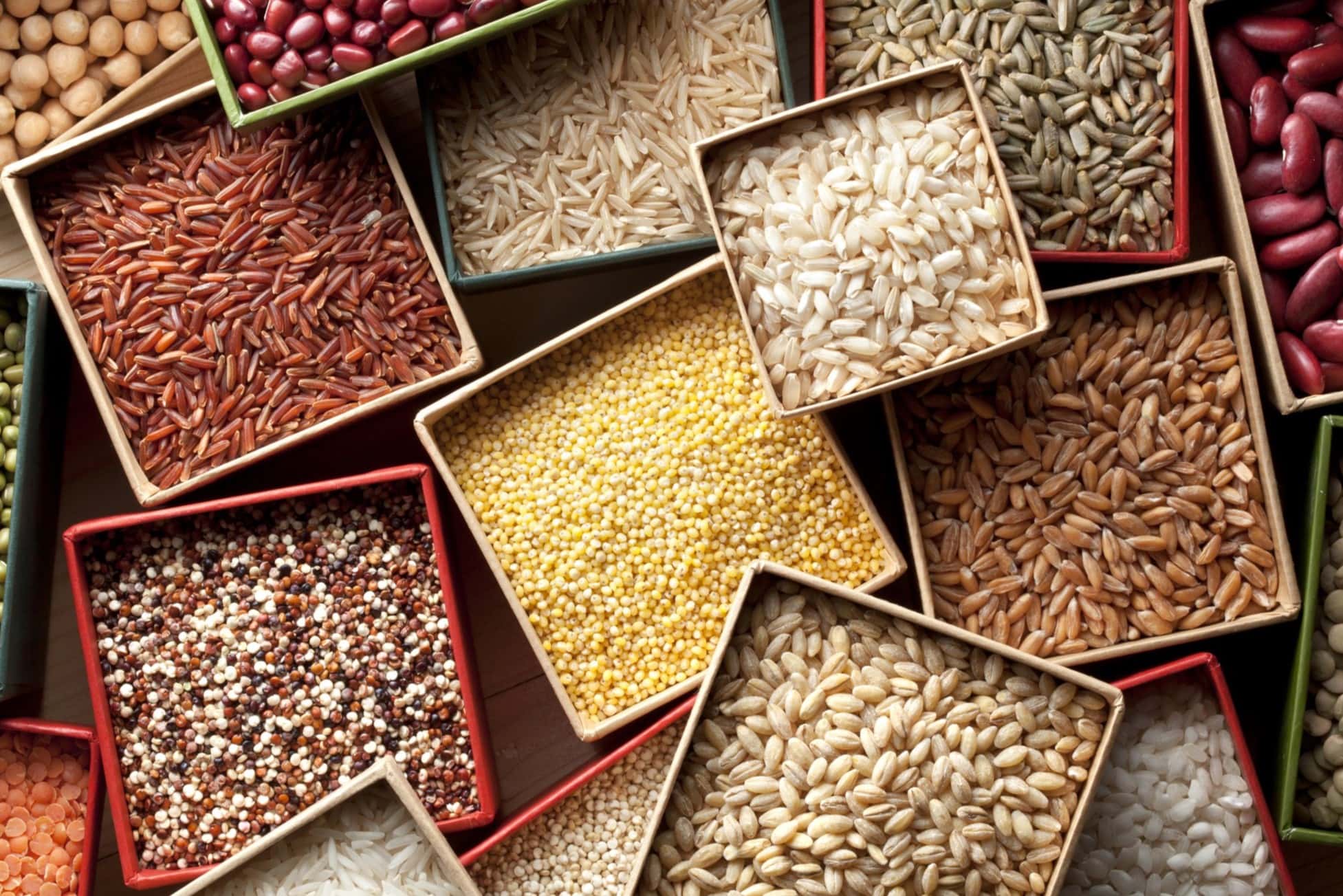
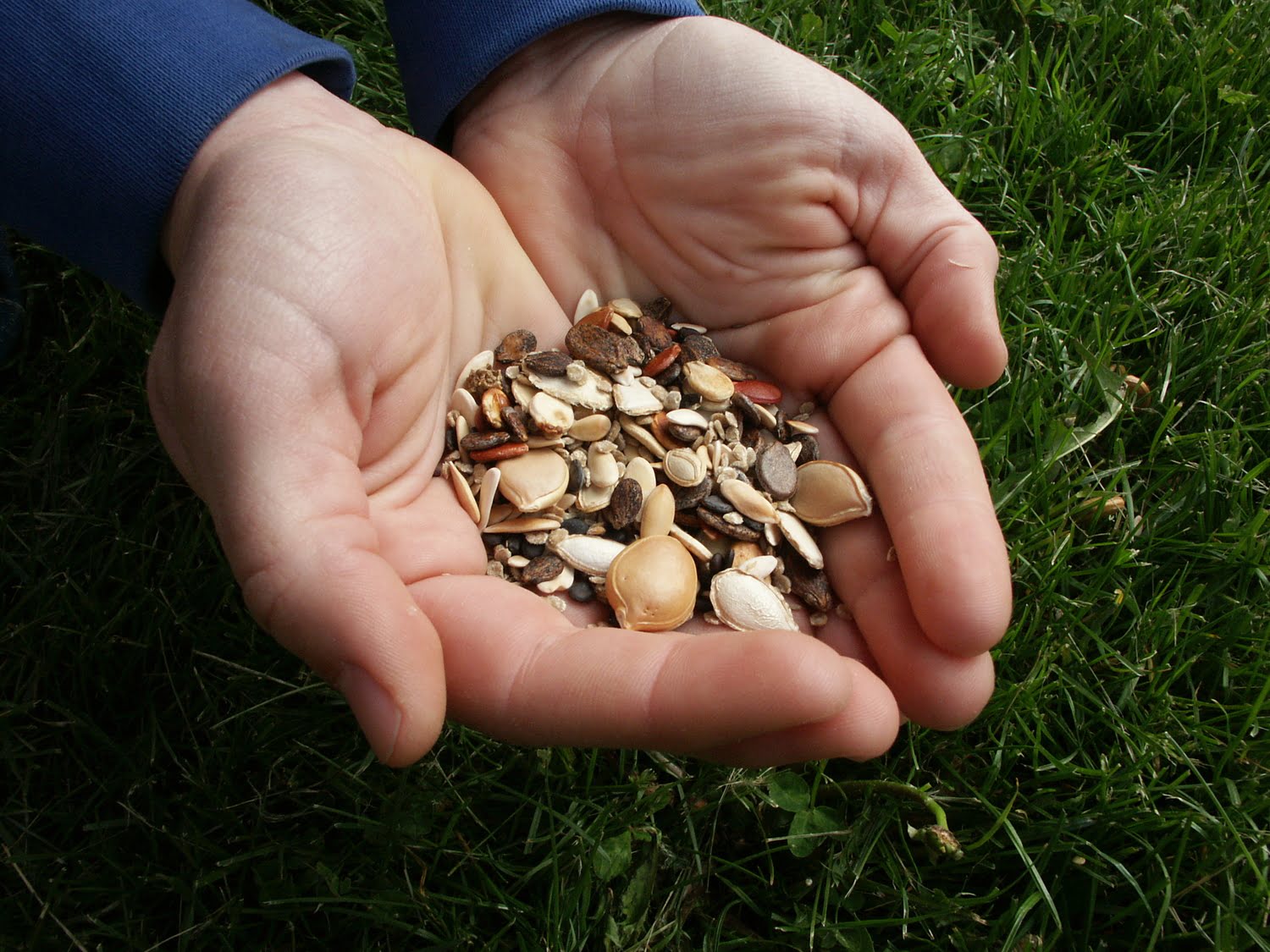
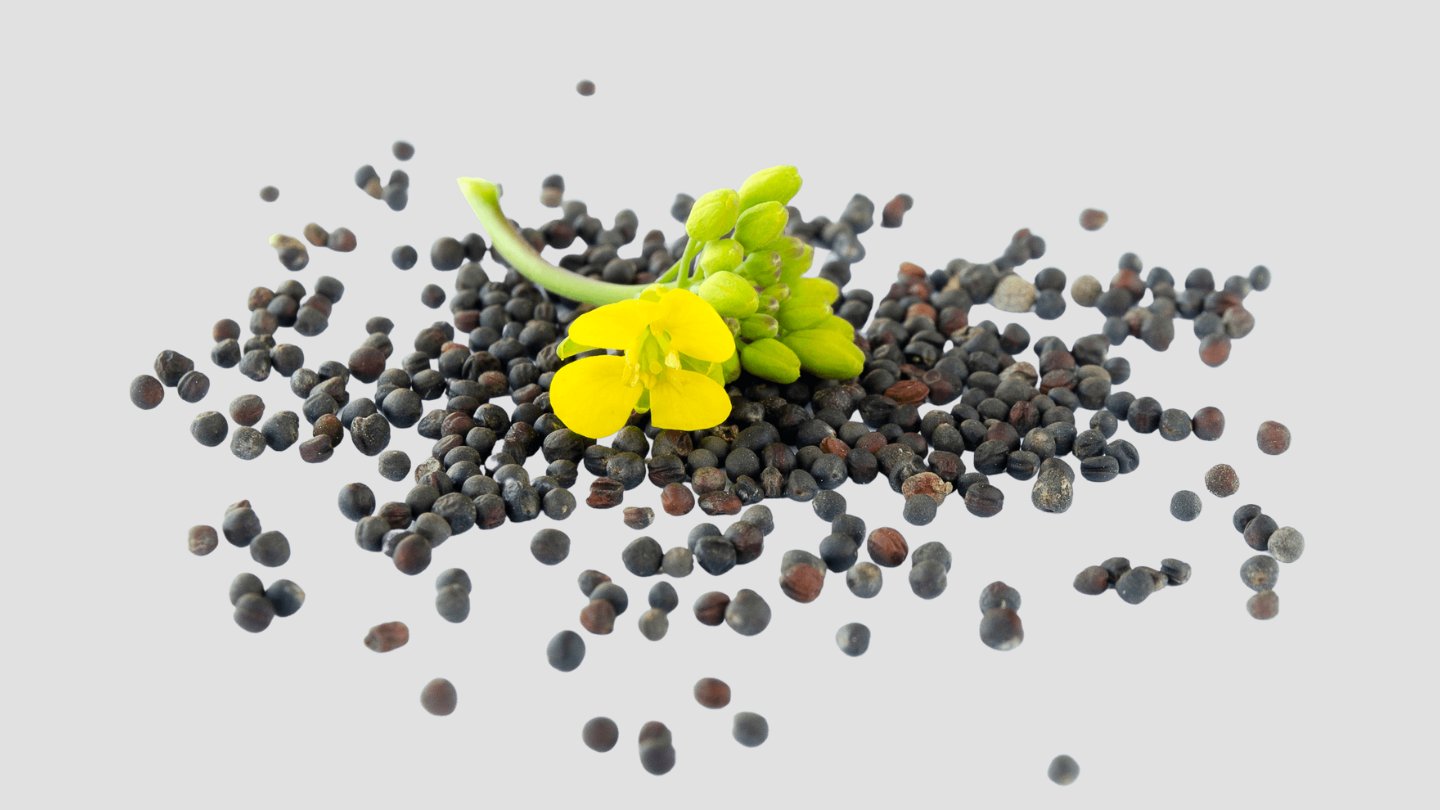
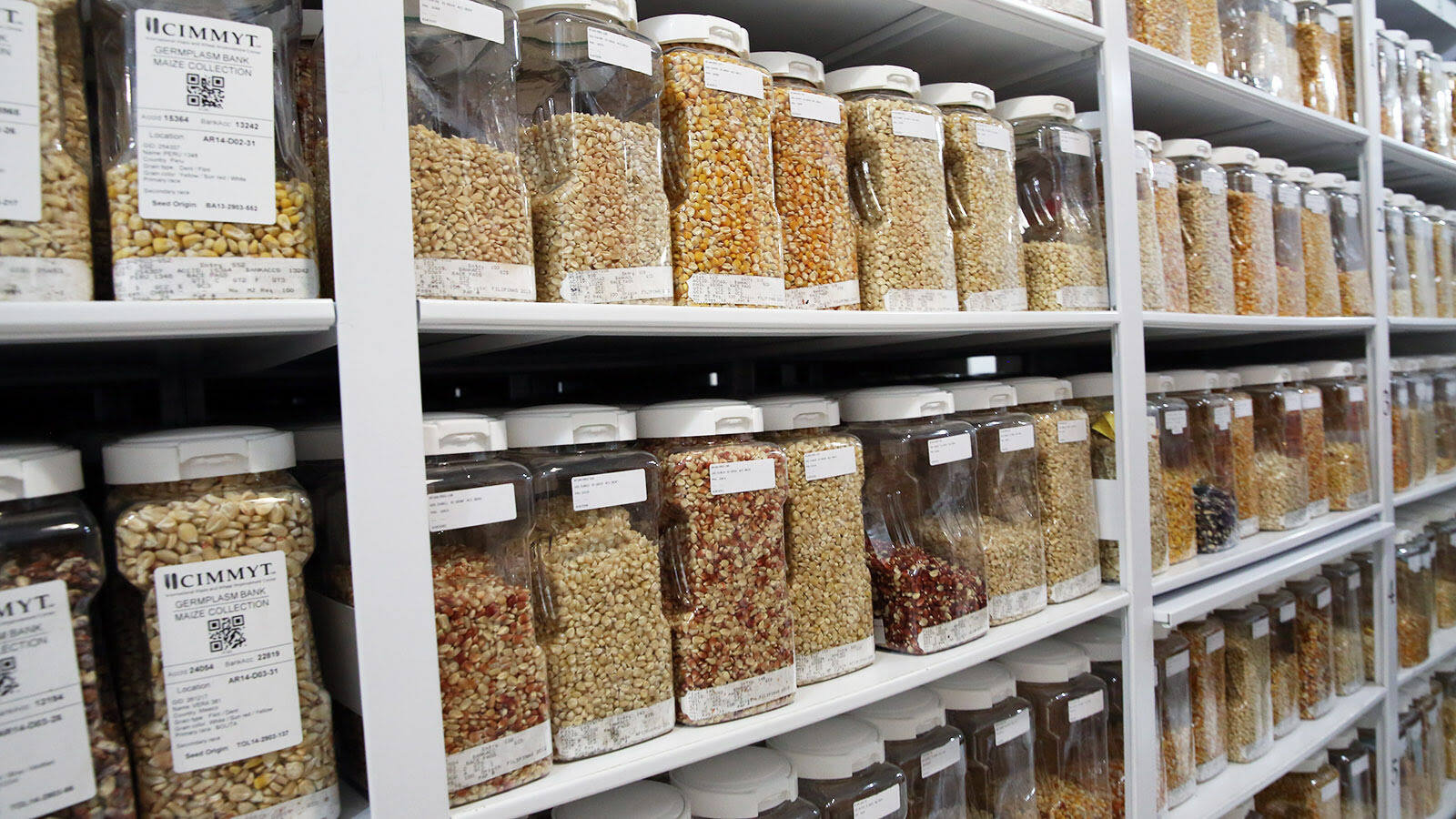
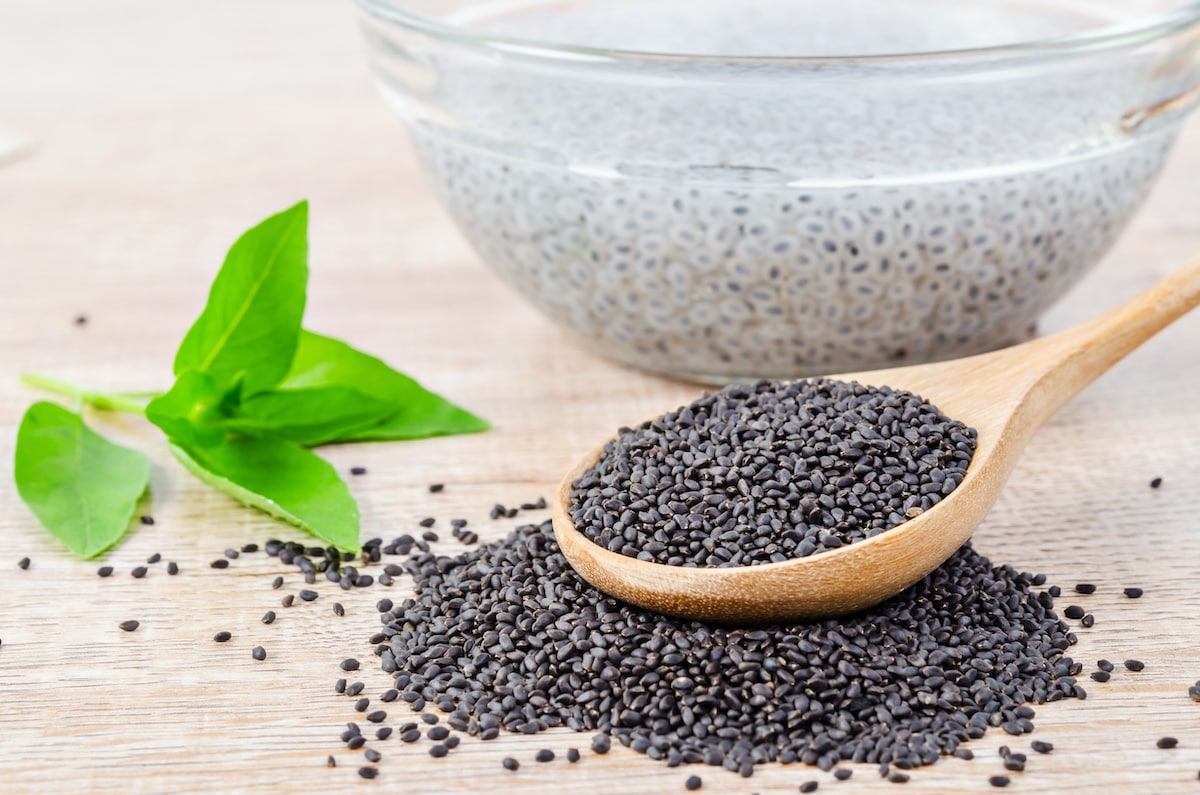
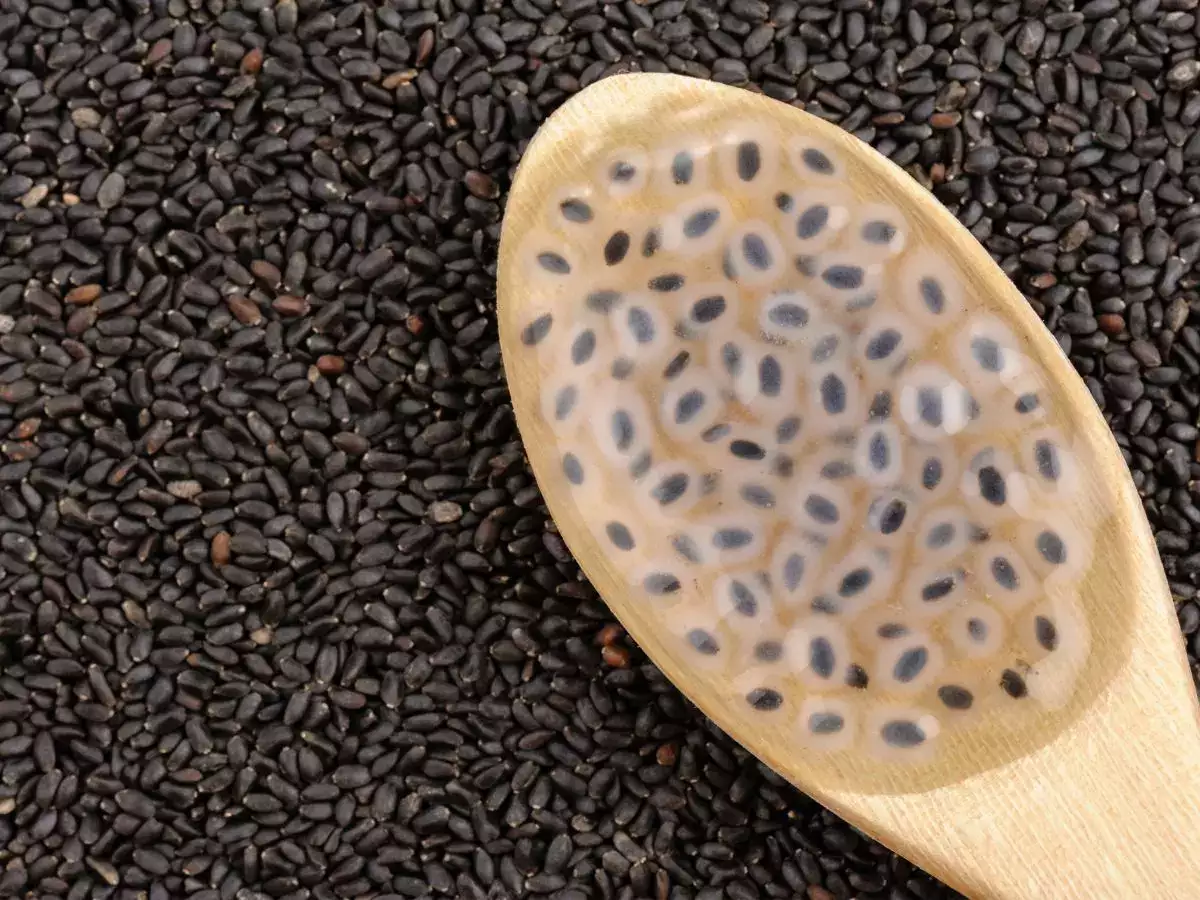
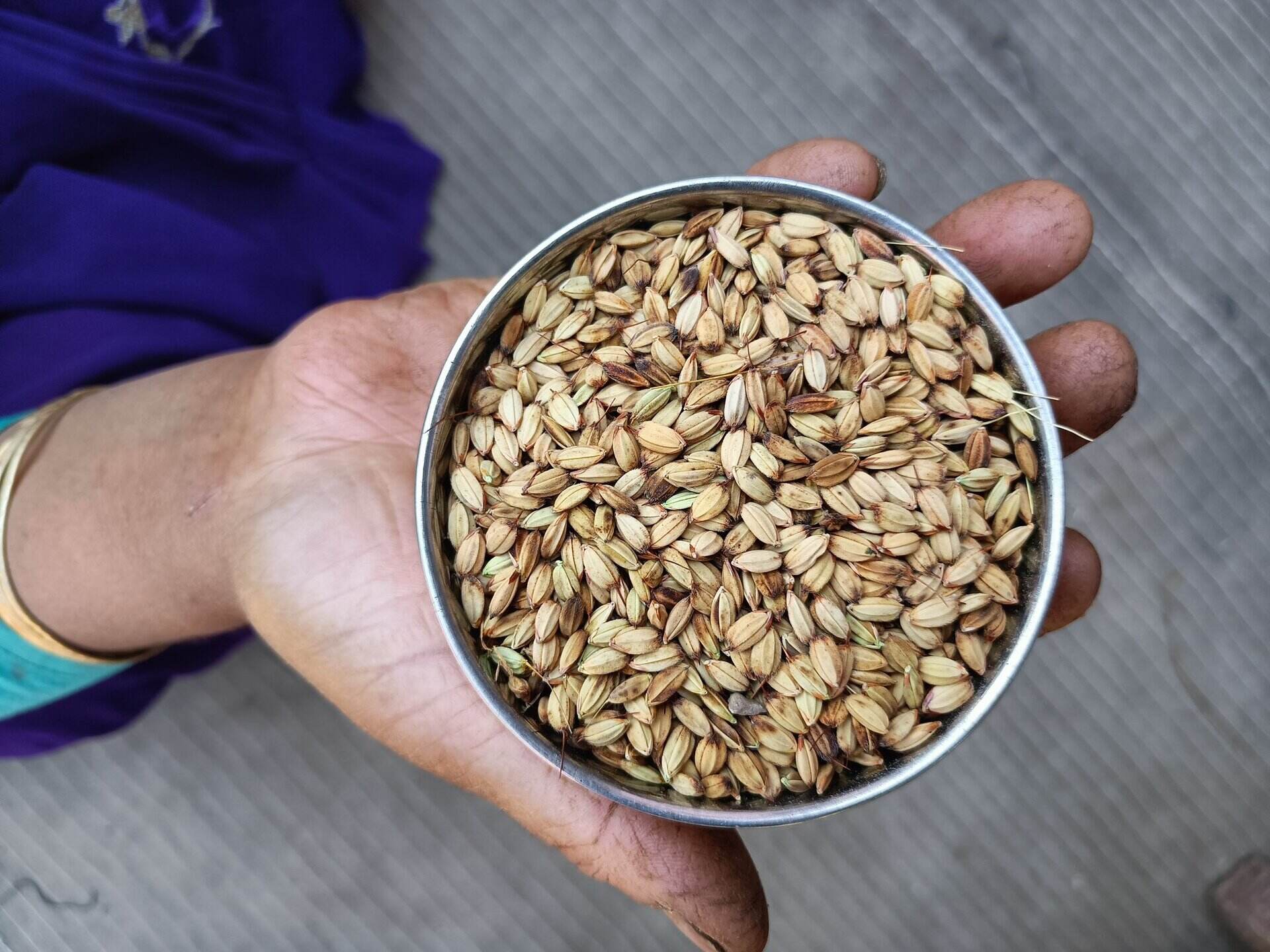
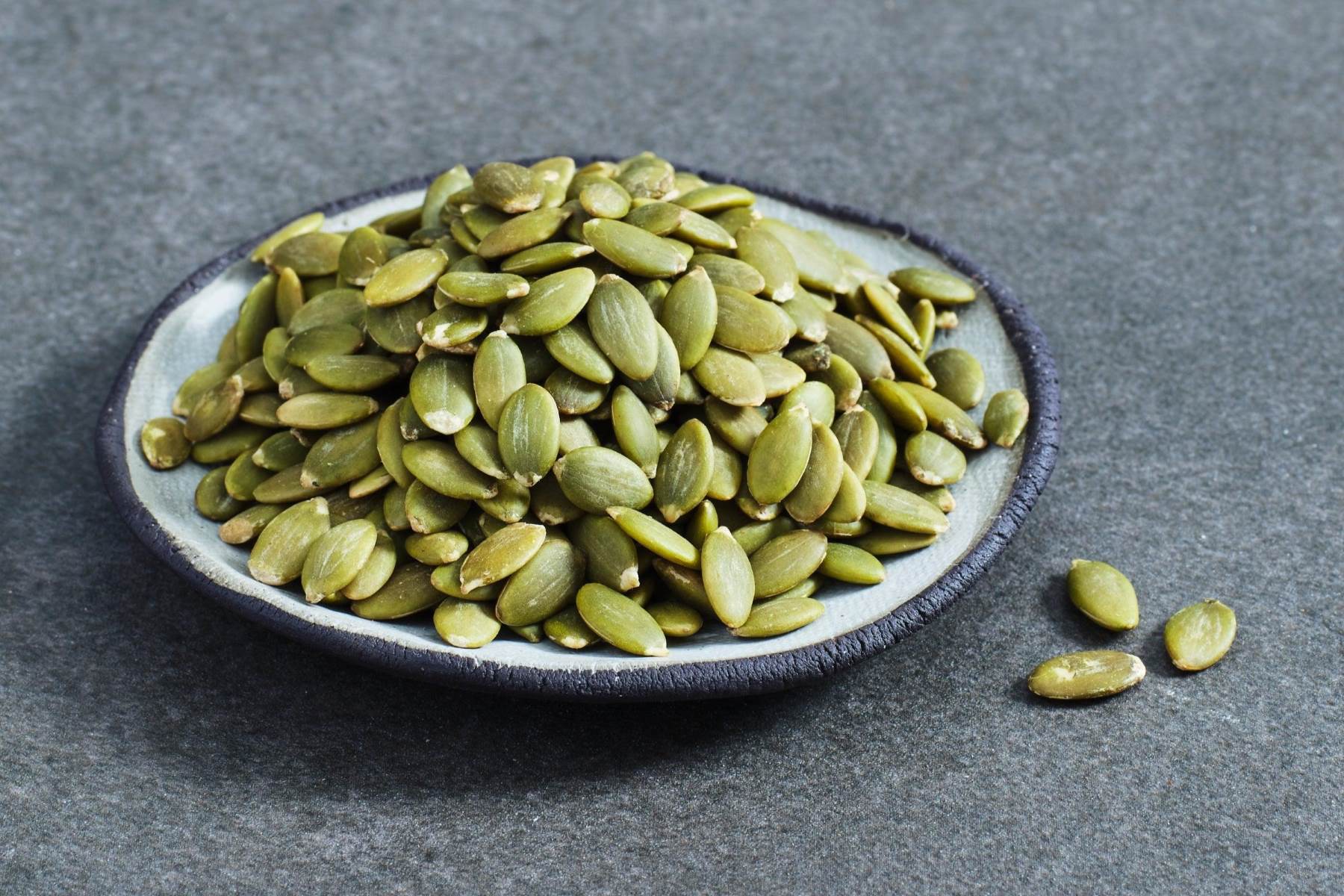
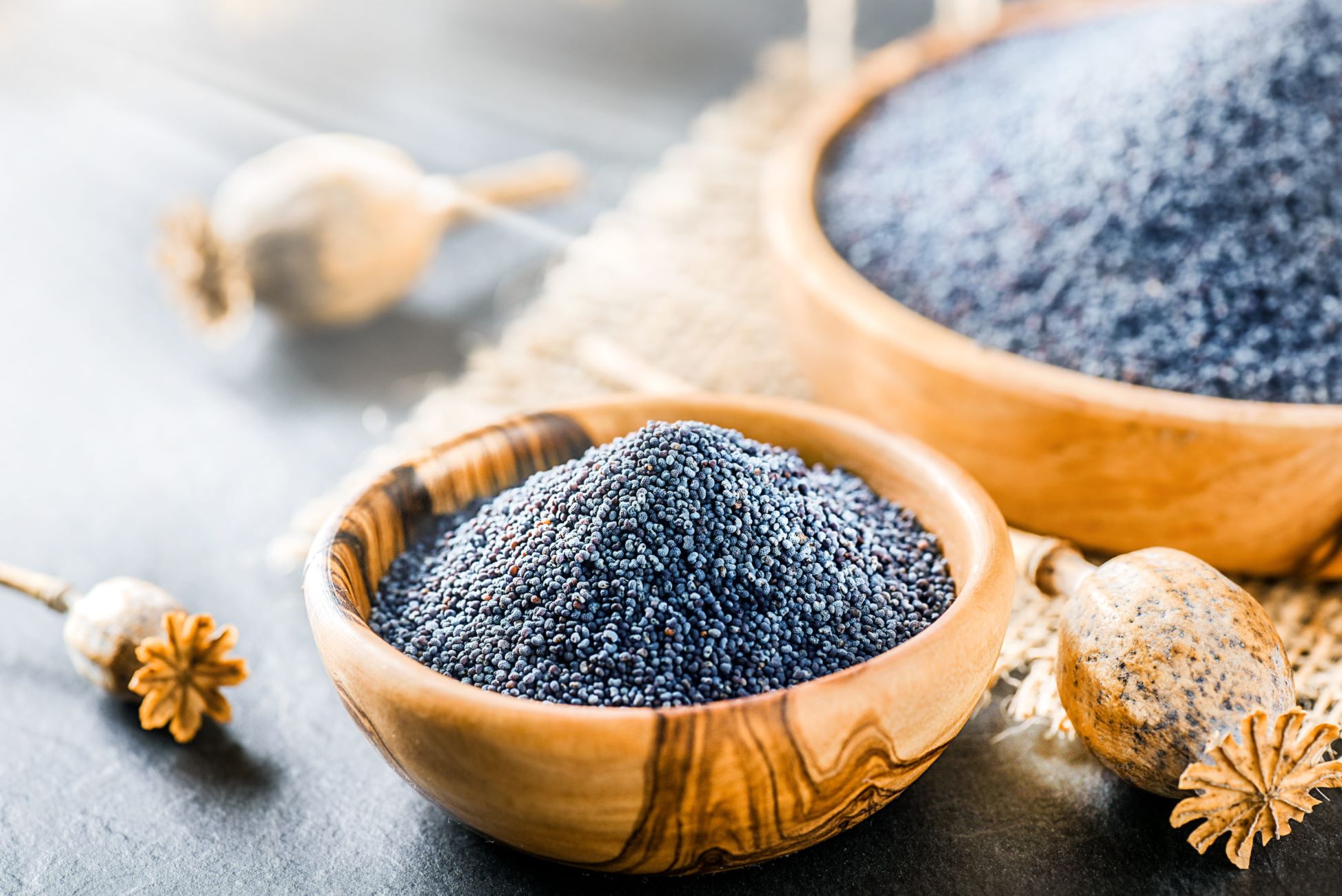
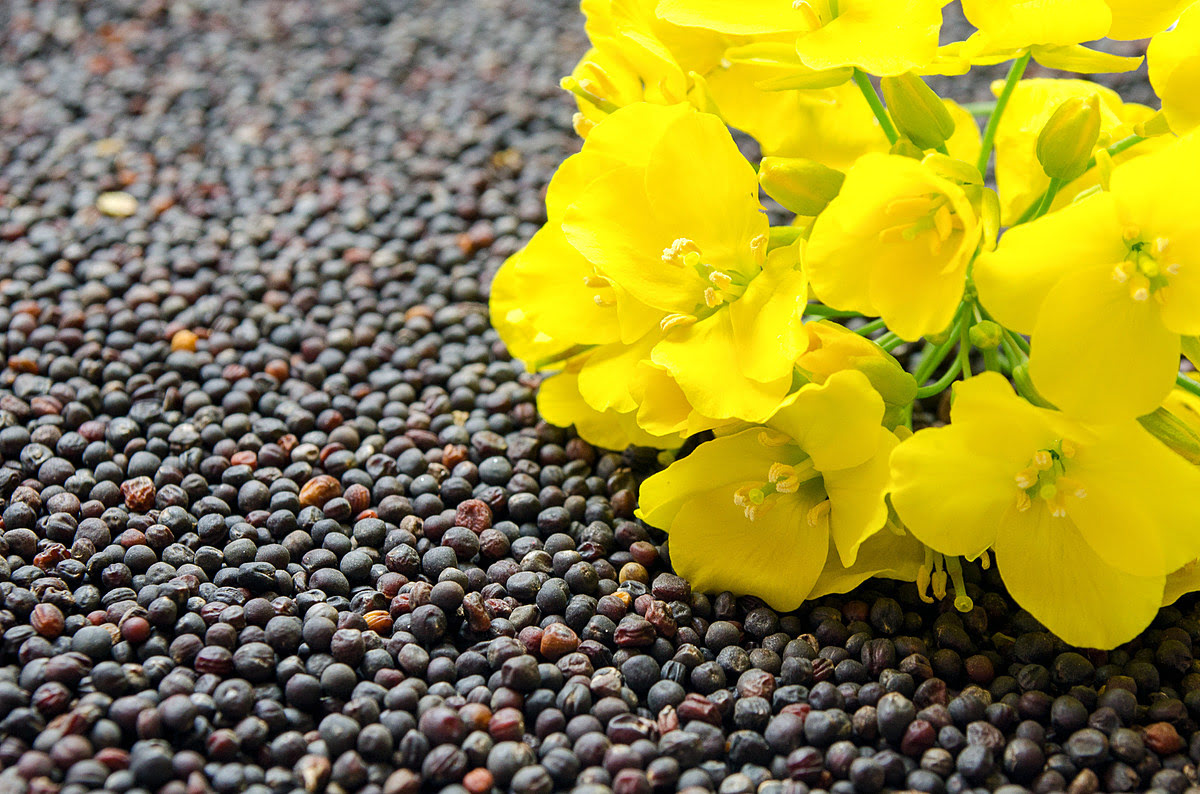
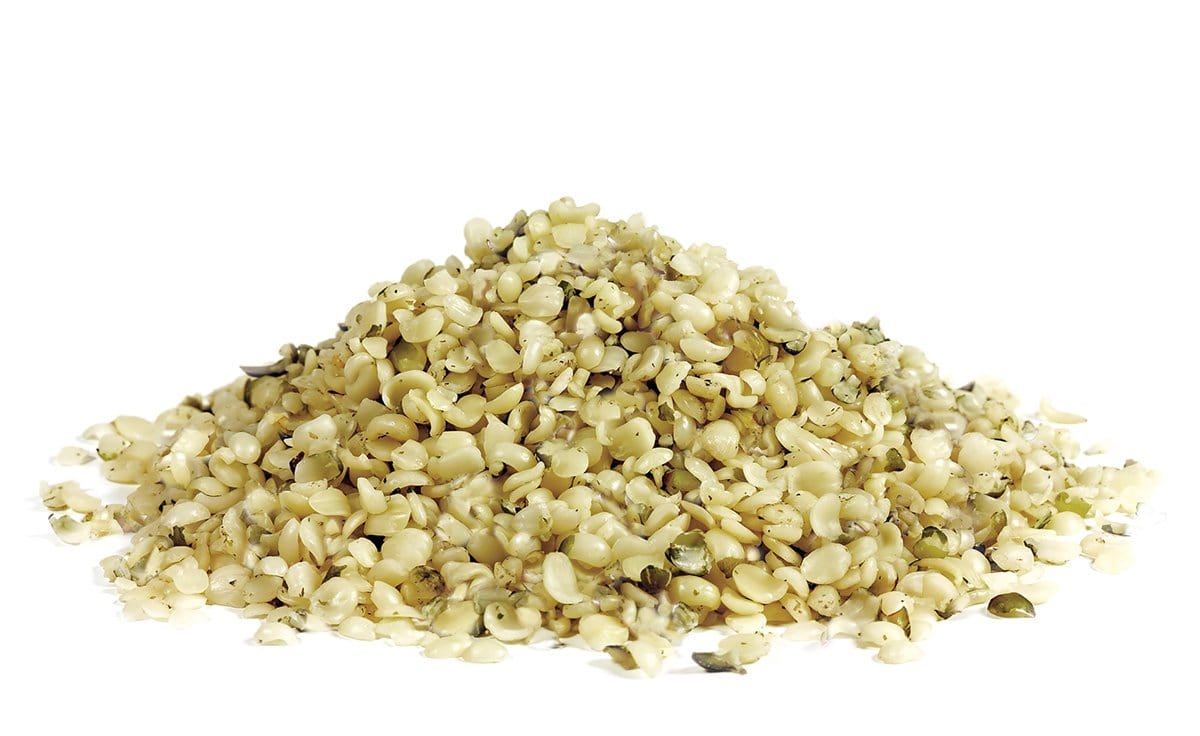
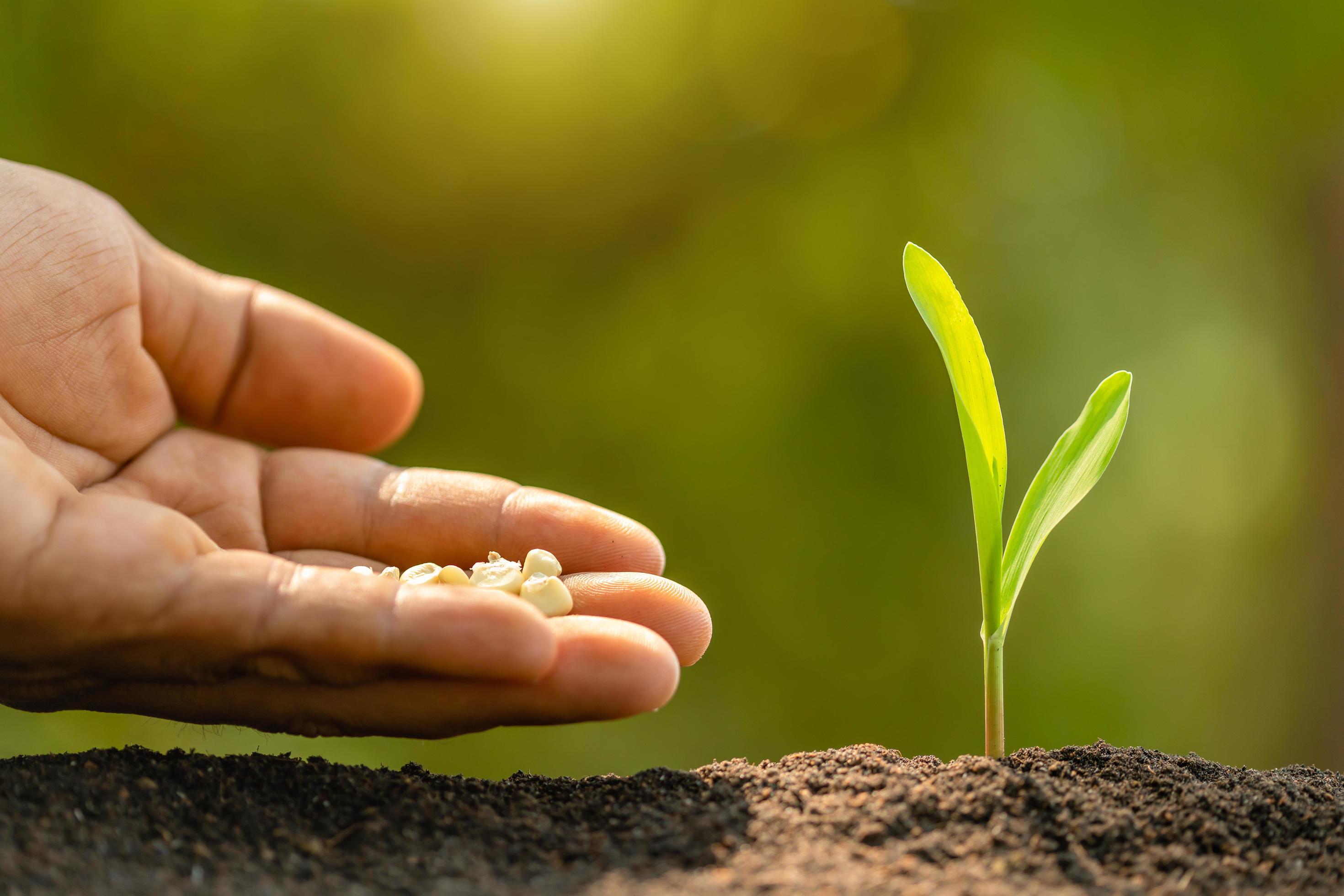
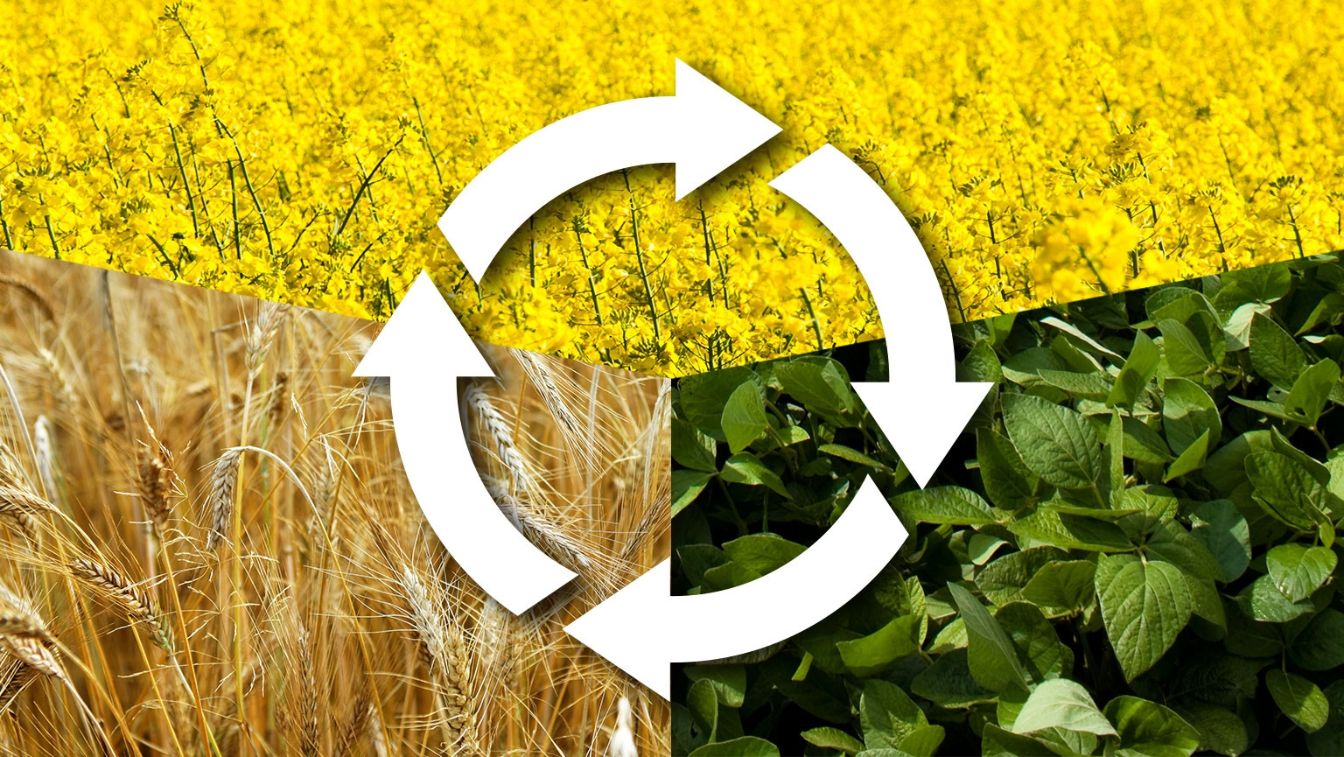
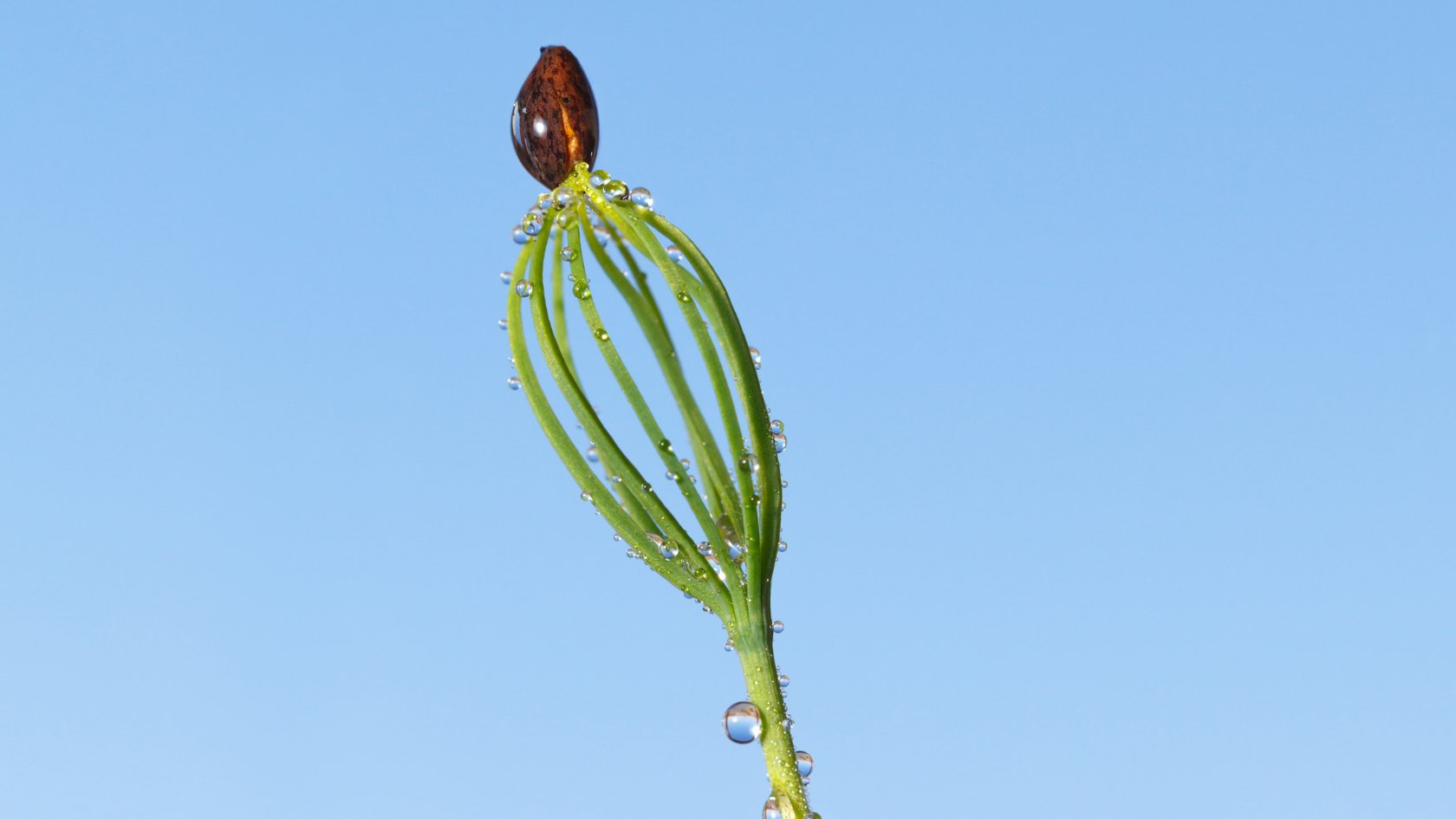

0 thoughts on “What Is A Vegetable Seed”